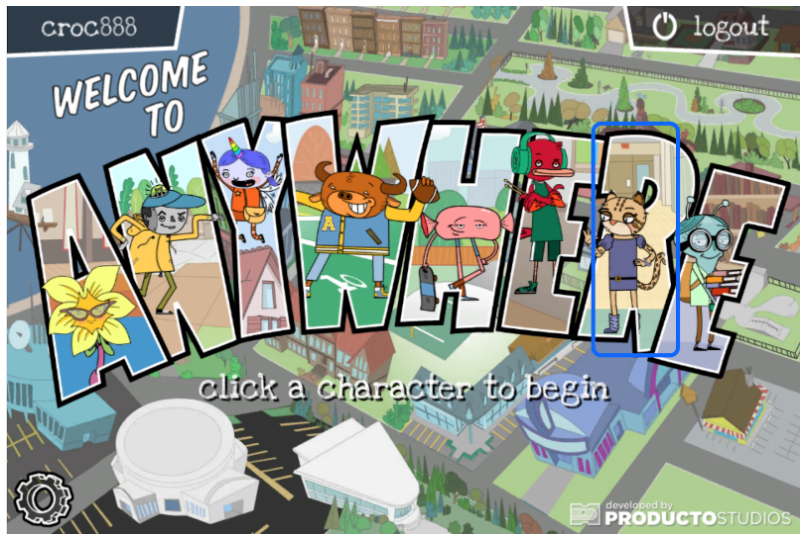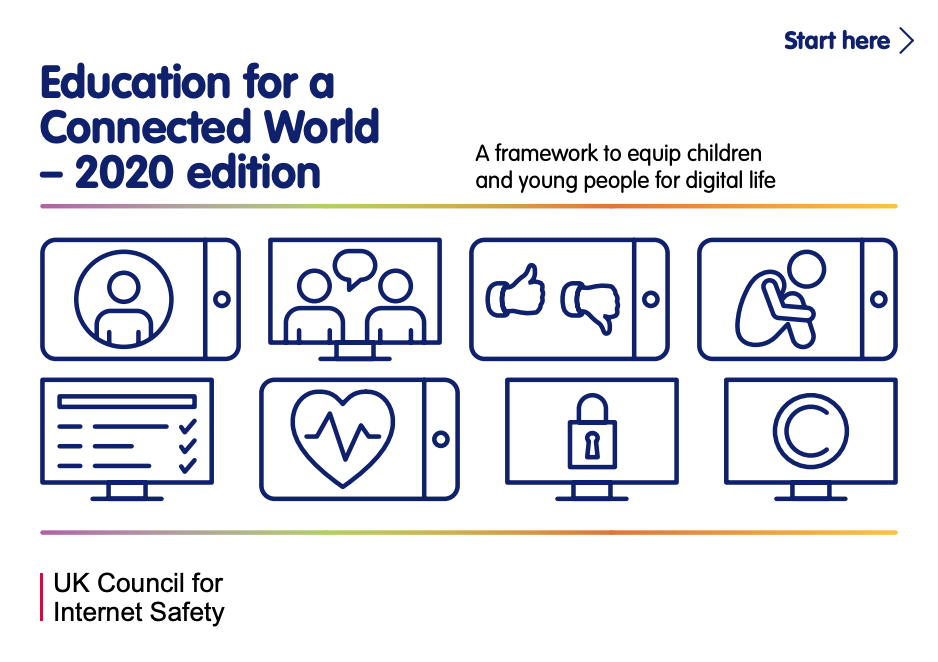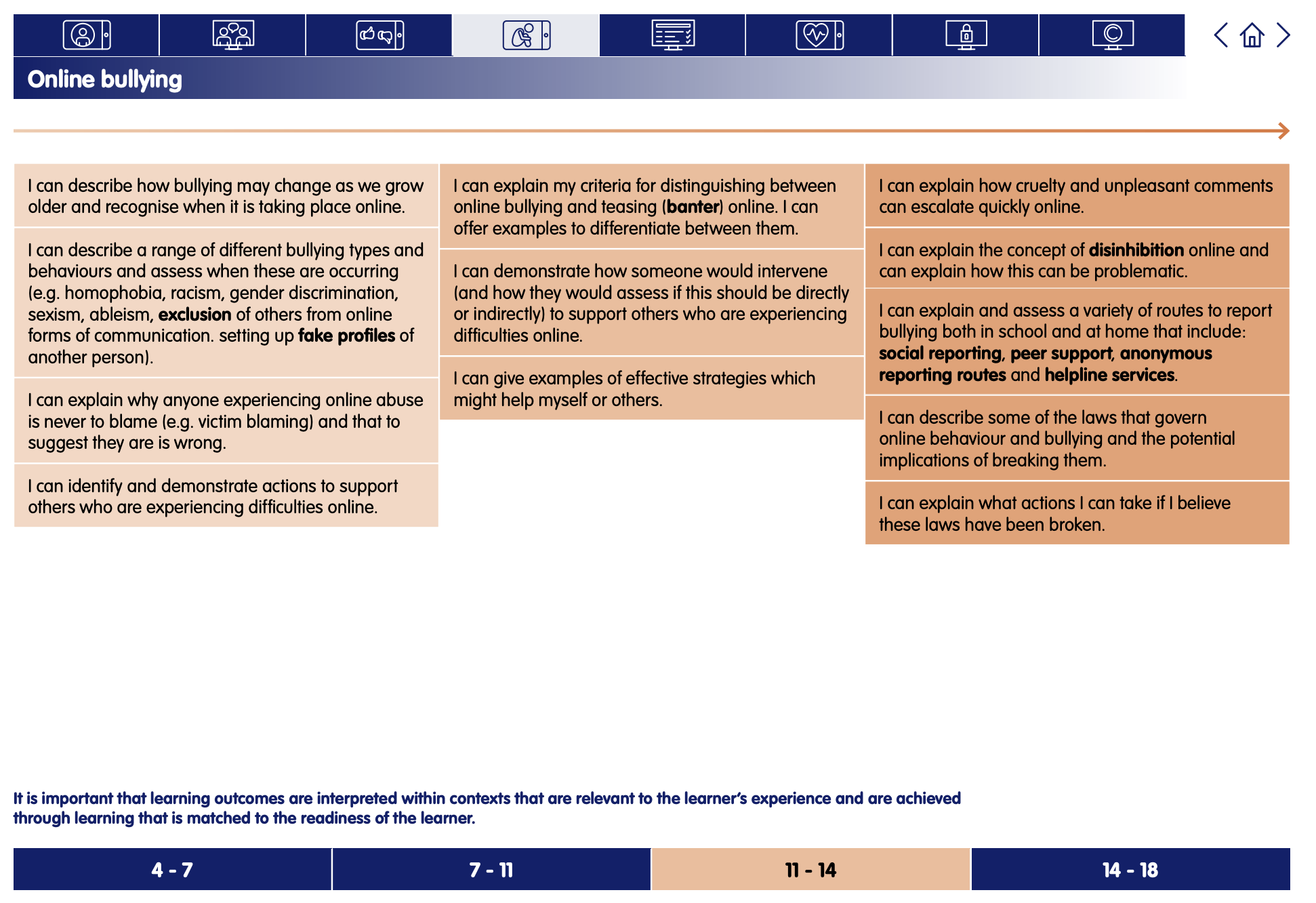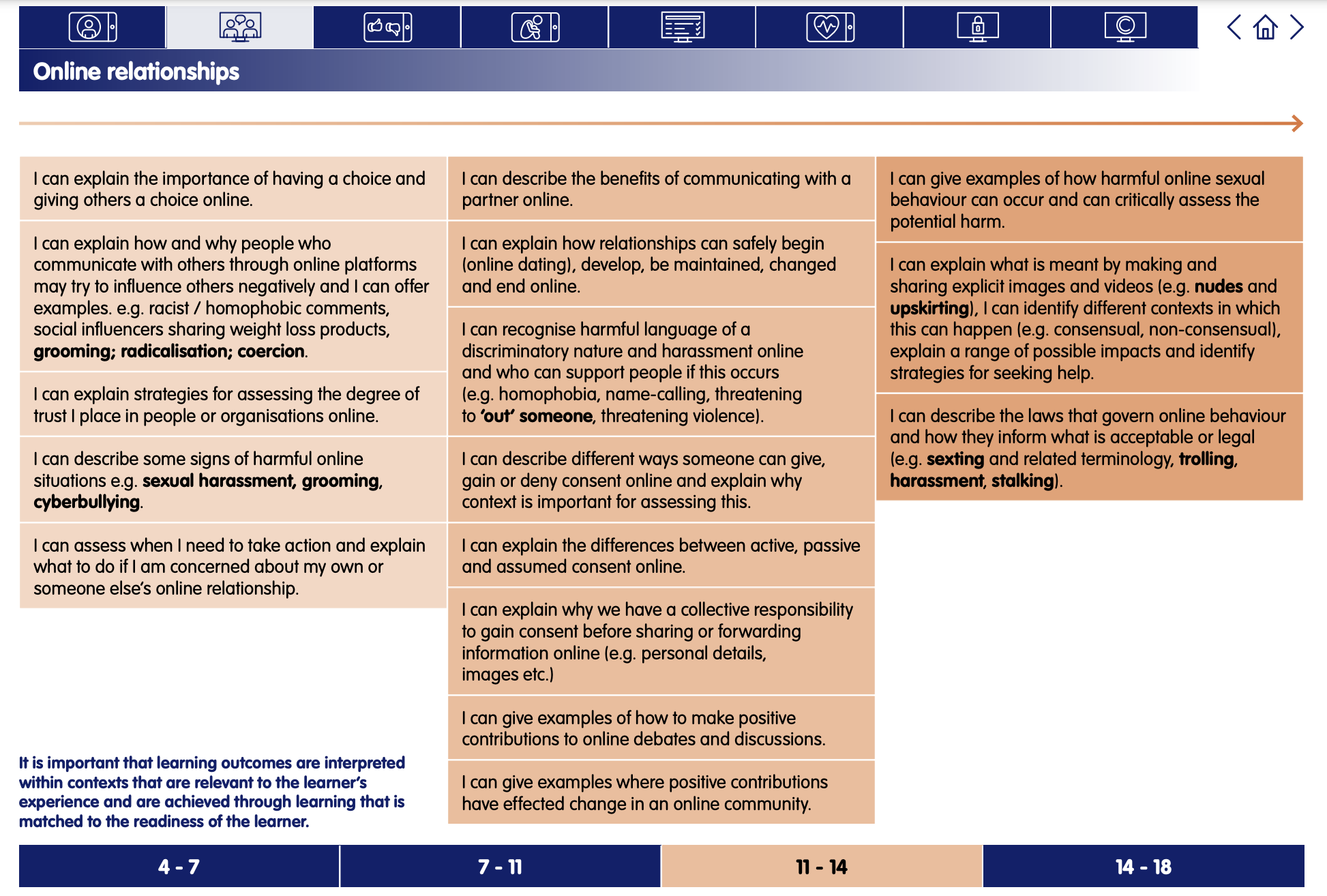Digital Drama Unplugged
Digital Literacy and Online Safety (Y7) - Lesson 5
A note about this lesson

This lesson is taken from Common Sense Education’s excellent Digital Citizenship curriculum. Their resources are shared for free under A Creative Commons Attribution- NonCommercial- NoDerivatives 4.0 International License.
You can find the original resources HERE.
Objectives
- Reflect on how easily drama can escalate online.
- Identify de-escalation strategies when dealing with digital drama.
- Reflect on how digital drama can affect not only oneself but also those around us.
Lesson 1 - Finding Balance in a Digital World
Lesson 2 - Don’t feed the Phish
Lesson 3 - Who are you online?
Lesson 4 - Chatting Safely Online
Lesson 5 - Digital Drama Unplugged
Lesson 6 - Finding Credible News
Links to Education for a Connected World.
This lesson from Common Sense Media's Digital Citizenship curriculum links to the following strands from the Online bullying and Online relationships sections of the Education for a Connected World framework.
Introduction - What Is Digital Drama?
At the beginning of (or before) the lesson: have students complete the Insta-Slammed storyline in Digital Compass™ by Common Sense Education. This will help introduce key concepts of this lesson. To see more, check out the Digital Compass Educator Guide.

Note: This lesson involves students sharing their opinions on and ideas about scenarios, and there aren't necessarily right or wrong answers. Before opening up the discussion, it is recommended that teachers establish or review basic norms for discussion. Example norms could include (Slide 4):
- Respect others' viewpoints.
- Don't interrupt.
- Assume positive intent.
- Disagree respectfully.
Ask: When there's a fight or an argument here at school or in public, how do people usually react?
Invite students to respond.
Ask: Why do you think people sometimes run toward it or egg it on?
Explain that one reason is that human beings are naturally attracted to drama. Ask: What does the word "drama" mean?
Invite students to respond. Explain that the word "drama" actually has different meanings but that they all connect to the idea of conflict. Refer to common examples of drama, including plays, movies, television shows, and even emotional conflict between people.
Project Slide 5 and ask: Using this last example, how does drama -- emotional conflict between people -- happen online? Can you think of any examples? Take turns sharing with your partner.
Invite students to share examples, including how digital media played a role in the conflict. Remind students not to disclose names of people or specifics that may make others feel uncomfortable.
Thank students for sharing examples and project Slide 6. Explain that digital drama is when people use devices, apps, or websites to start or further a conflict. Digital drama can be different from in-person drama for a number of reasons:
- It can reach a big audience and reach them immediately.
- It can include images or videos that get people's attention.
- It can involve people posting things anonymously.
Explore - Where Do People Stand?
Show the Teen Voices: Dealing with Digital Drama video on Slide 7 and invite students to share their responses to the two discussion questions. Prompt them to refer to specific lines from the video to support their responses.
Divide the class up into groups of four or five and pass out the Taking the Lead Student Handout. Call on a student to read the scenario aloud to the class. Or select five students to read the different parts of the scenario (as if role-playing). Confirm that students understand the basics of the scenario.
Say: This is an example of digital drama that can start to get out of hand. But it could have turned out differently. To help us think about how, we're going to first take on the perspectives of the individuals involved.
Direct students to Part 2 of the handout. Read the directions aloud. Assign a different role to each member of the group, or allow groups to choose their own roles. No roles should be duplicated within a group. (Slide 8)
Allow students five minutes to think about their viewpoints and complete Part 2.
Explain to students that they will now take turns sharing with their group what they wrote based on the viewpoint they had. Allow 10 minutes for groups to share out.
Project Slide 9 and say: One thing that might have been helpful in this situation would be for someone to have de-escalated it. De-escalate means to lessen the intensity or anger in a conflict. Prompt students to consider this idea as they complete the Reflection Questions on the handout.
Invite students to share their answers to the Reflection Questions, and capture their responses to Question 2 on Slide 10. Sample responses include:
- Respond with a positive comment or action.
- Ignore the post.
- Talk (offline) with the person involved to try to de-escalate the situation.
Refer to the Teacher Version for additional ideas.
Plenary - Act it out
Mix students up into different groups of four and say: You're now going to get a chance to show these de-escalation strategies by acting out a digital drama scenario. Project Slide 11 and have students read the scenario aloud.
Project Slide 12 and read the directions.
Have students act out how they'd respond to their scenario. If time allows, have them do a second round with new roles or using a different strategy. Revisit Slides 10 and 11 as needed to remind students of the strategies and scenario details.
Assign the Google Classroom Quiz (and view student results via the quiz link). Or, adapt the Teacher Version for your own quiz tool.
Send home the Family Activity and Family Tips.



